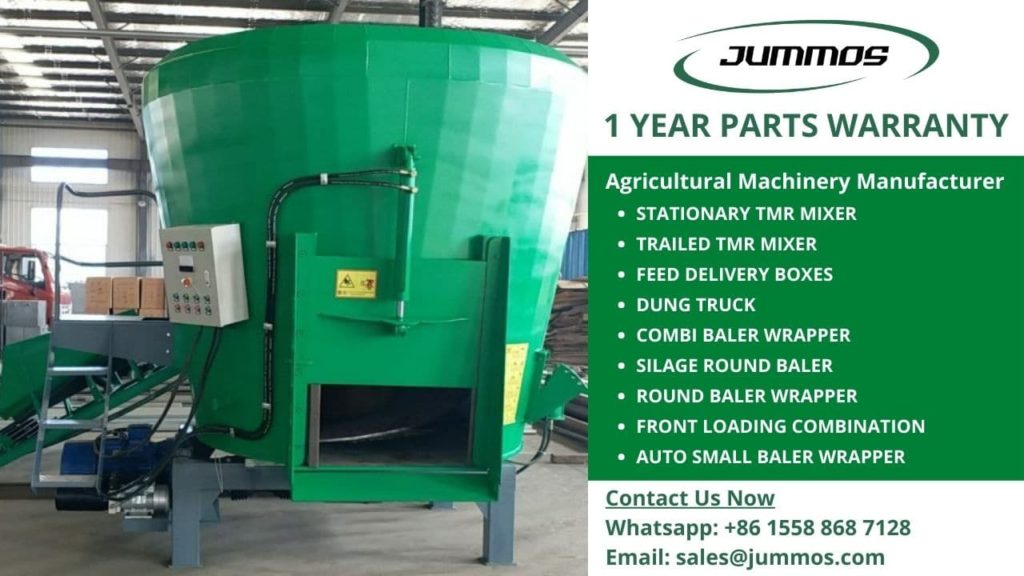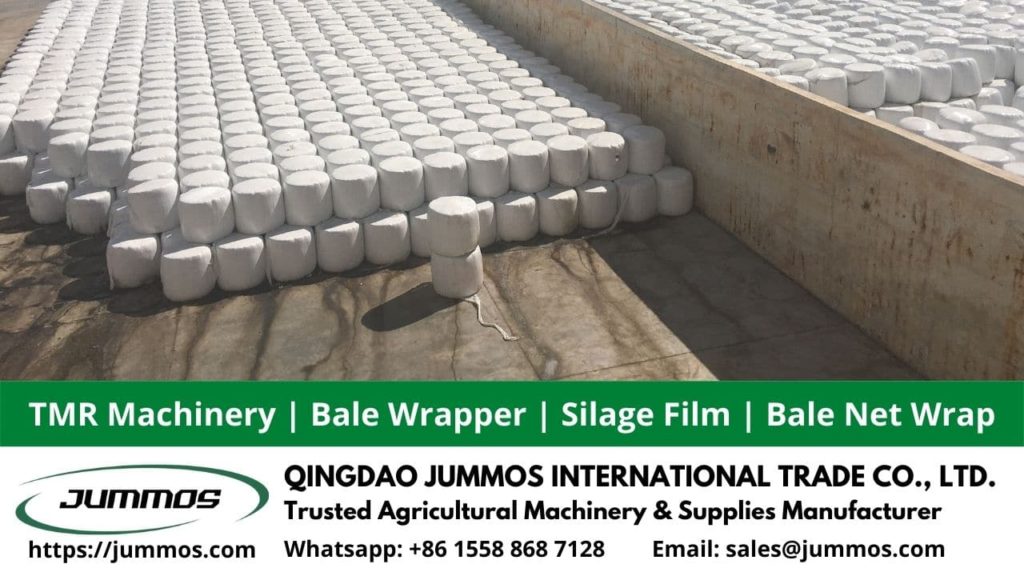How to Decide the Right Feed Mixer Sizes
The need for having feed mixer sizes is based on many factors. As it is too small, it will waste time. If it is too large, more energy to consume. When you choose it based on the number of the animals, there are more things to concern. Just like deciding the appropriate machine manufacturers, this decision also needs a list of considerations. To make it short, the following descriptions may help you through.
Contents
Processing the Round Bales
Feed mixer sizes and types are associated with its ability to process round bales. First thing first, please see the room between the side of the mixer and the top of the auger. Can the bale settle between the auger and the wall, so the knife can cut into and pull it apart? It will be a problem if the bale is too large and the feed mixer couldn’t fit it.
The trick is to pre-cut the hay before the process, lessen the size of the bale, or just unroll it into the mixer.
The Number of Forages to Process Per Load
Feed mixer size provide several capacities for mixing feed by total weight rather than by volume. As the baled hay is released from the bundle, it has about 3 lbs per cubic foot (cu. ft) solidity. As the length of the hay is below 6 inches, the solidity will duplicate until about 6-7 lbs per cu. ft and the volume will consequently decrease. It is the right time to add the second amount of forage that will fulfill the whole mixer load capacity. Generally, this addition is not efficient since there will be disproportion during the process. So, it is better to process for another batch afterward.
Feed mixer can hold the wet forage, and it is estimated by the conversion of wet bale weight, about 89% of dry ingredients, to hay equal.
The Composition of the Ration
The composition of the ration has a big effect on the requirement of the feed mixer size. These compositions regulate the need for feed per head per day. As the grain content is more and the forage content is less, it will need less mixing capacity. The nutrient density of the ratio affects the proportion for every head per day.
The feed mixer size requirement depends on the type of animal that determines the composition of the ration and dry matter intake, performance level, and production stages. This is the duty of the producer to decide the proper ration capacity for the animals per day.
The Number of Loads Per Day
As the producer has determined the bale processing and the ration composition, mixer capacity can also be estimated. It is about the number of animals to be fed and the amount of feed needed per head. Using the available feed mixer sizes, one can calculate the adjustment of bale size and the amount of forage processed per load per day.
When you choose larger and bigger feed mixer sizes, the number of loads can seldom be processed and for efficient time. Feed mixing can be divided into several batches. However, please remember that even the larger mixer is recommended to fulfill a minimum of 40% of the volume capacity.
The manufacturers usually recommend the feed mixer sizes based on the number of animals in the husbandry and the average density of the ratio. When it comes to practice, producers are often disappointed when this recommendation doesn’t complete their needs. The feed mixer doesn’t perform as it’s desired, and it takes more time to complete the mixing.
Nutrition matters, and so does the process. So, it is better to ask the vendor for a scheduled demonstration and find the suitable adjustment or customization for your farm and get the wanted result.
The Choice of Feed Mixer Sizes
By our experienced engineers, we realize how important to provide choices for feed mixer sizes. Our brand, Jummos, determines the availability of agricultural machinery choices based on long-term research to satisfy the customer’s needs.
Just like the above considerations, our engineers and technicians are always ready to demonstrate the machine and customize them for your need and wanted farm yield. Do contact us for more information and get faster action.


